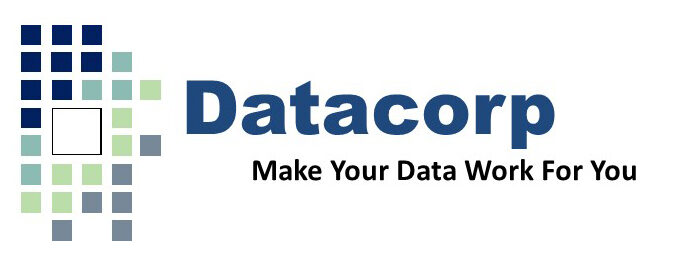Focus Group & Key Informant Interviewing
A focus group is a qualitative research method in which 6-8 members of a targeted group are asked to share their perceptions, beliefs, and attitudes about issues, policies, programs, products, or services in an interactive group setting. The goal is to gather data and insights by allowing individuals to express themselves in their own voice, sharing experiences that may emerge as having a common language. Focus groups are moderated by trained facilitators using techniques to elicit participation and a well-developed moderator’s guide to ensure that relevant topics are covered while providing flexibility to allow for follow-up probing on pre-defined or related topics. Results from focus groups are helpful in identifying needs, understanding opinions (likes, dislikes), detecting potential problems/barriers and discovering possible solutions prior to the implementation of a plan.
Cognitive Interviewing/Testing
Considered an essential step in survey development, cognitive interviewing is a form of qualitative testing that involves intensive interviews with a small number of participants to confirm the validity of survey questions in the population of interest and determine the best phrasing and formatting of items to achieve high-quality, valid responses. Cognitive interview methods help detect items that are not understood by respondents as intended by examining their response process. For example, the respondent must understand the question, recall information, decide upon its relevance, and provide an answer in the format provided. Cognitive interviewing methods include having participants “think aloud,” verbal probes about the interpretation of questions and recall strategies, and behavioral coding. Results from cognitive interviews often lead to the refinement of survey tools to improve their usefulness in research and practice.
Heuristic Evaluation
Heuristic evaluation is often a first step in evaluating human-computer interaction. It involves the examination of a user interface by expert evaluators to identify problems and determine whether the user interface conforms to established usability principles (“heuristics”). This inspection is beneficial in the early stages of product design as it can detect major usability issues quickly and provide feedback that can be implemented prior to product testing with real users, thereby reducing the number and type of design errors that will be found by actual users.
Usability Testing
Usability testing, a key component of product evaluation, focuses on measuring a product’s (e.g., device, web application, document) ability to meet its intended purpose by providing evidence on how real users interact with it. A usability test involves creating a scenario or a realistic situation where an end-user performs a series of tasks using the product while observers watch and take notes. Through systematic observation on site or remotely (when applicable), errors and areas of improvement can be discovered by observing how well test users perform tasks, the accuracy of product use, what a person remembers after use, and the person’s emotional response. Results from usability testing often lead to product refinements that improve a product’s features, ease of use, and general appeal.
Stakeholder Interviews
Stakeholder interviews help determine the needs, desires, and goals of individuals or organizations that have an interest in a product, program, policy, or system because they are Structured one-on-one interviews provide a means for determining how to meet the expectations of various stakeholders to ensure a cooperative relationship between stakeholders and the project implementation team. During a project’s implementation, stakeholder interviews can help track project progress, determine whether expectations are being met and whether changes to requirements are needed. Results from stakeholder interviews are used identify common and unique needs, conflicting requirements, and potential constraints prior to project implementation. This, in turn, informs the goals of the project and criteria by which the project will be considered successful.
